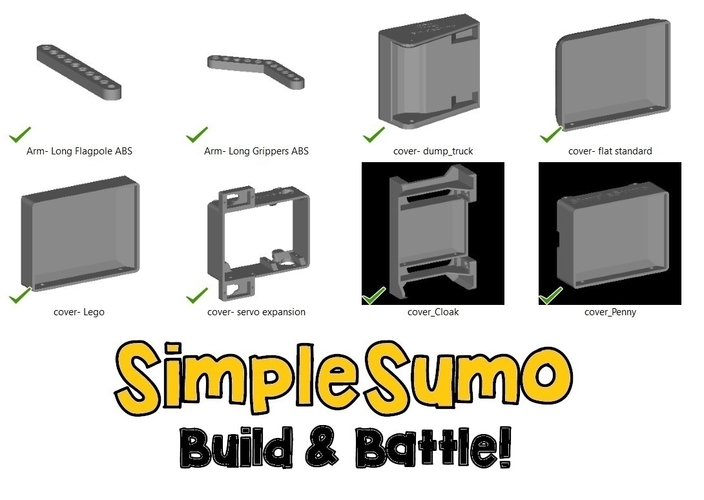




I want to share a little experiment I did and see if I can tap the wisdom of the crowd here to better understand the results.
I ran mechanical tests on 3D printed specimens with various extrusion widths to determine the effect that it would have on printed part strength.
The results were normalized to compensate for the higher strength of heavier parts and enable fair comparison of all specimens tested. This was done by dividing the measured ultimate strength over the mass of the part. The result is the featured graph.
I truly expected the graph to have a more predictable pattern than it did. My current assumption is that the Slic3r program's extrusion width function is more complicated than I thought.
My conclusion and recommendation for the time being is that leaving the extrusion width at the default setting will maximize part strength.
The attached pdf file explains the testing procedure and results in more detail. Let me know what your personal experiences with varying extrusion width have been!
Loading prints...
Extrusion Width Testing of 3D Printed Specimens
3
likes
0
collections
Tags:
Creative Commons Attribution-ShareAlike
You can distribute, remix, adapt, and build upon the material in any medium or format, as long as attribution is given and your contributions are under the same license.
 Licensed under CC BY-SA
Licensed under CC BY-SA
Files Included
1 downloadable file:
Free download - login required
Downloaded: 47 times
Downloaded: 47 times




Loading comments...